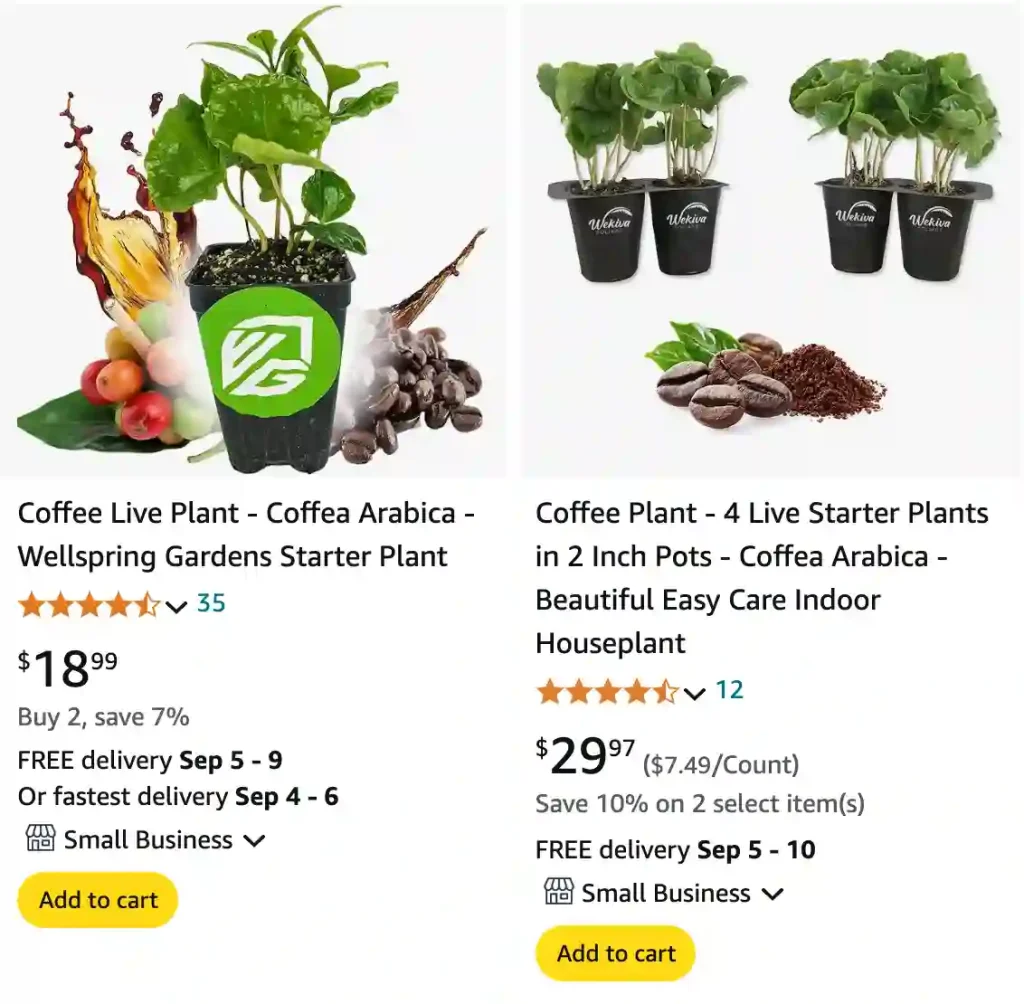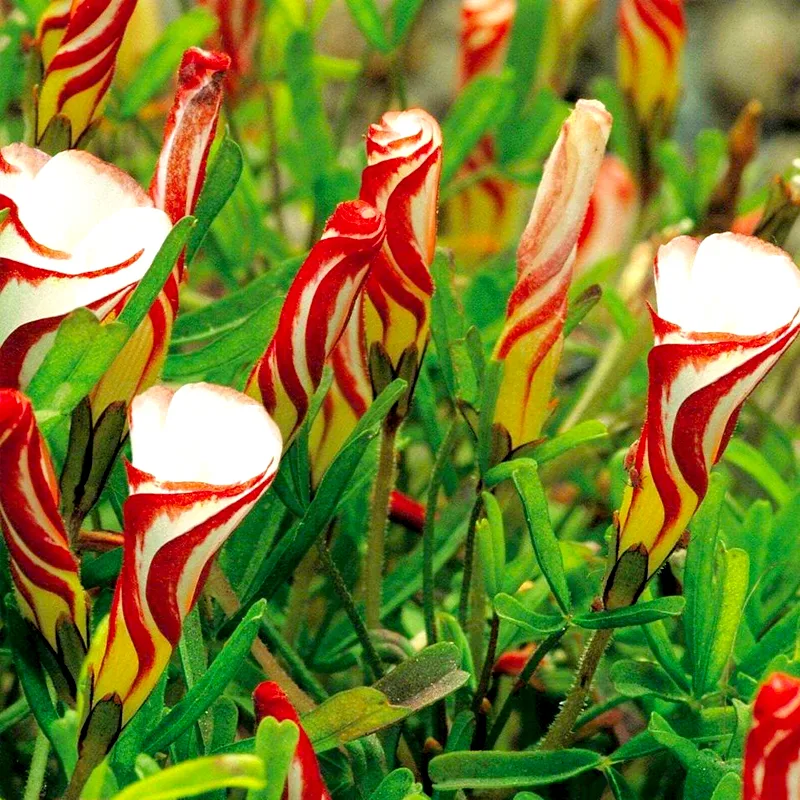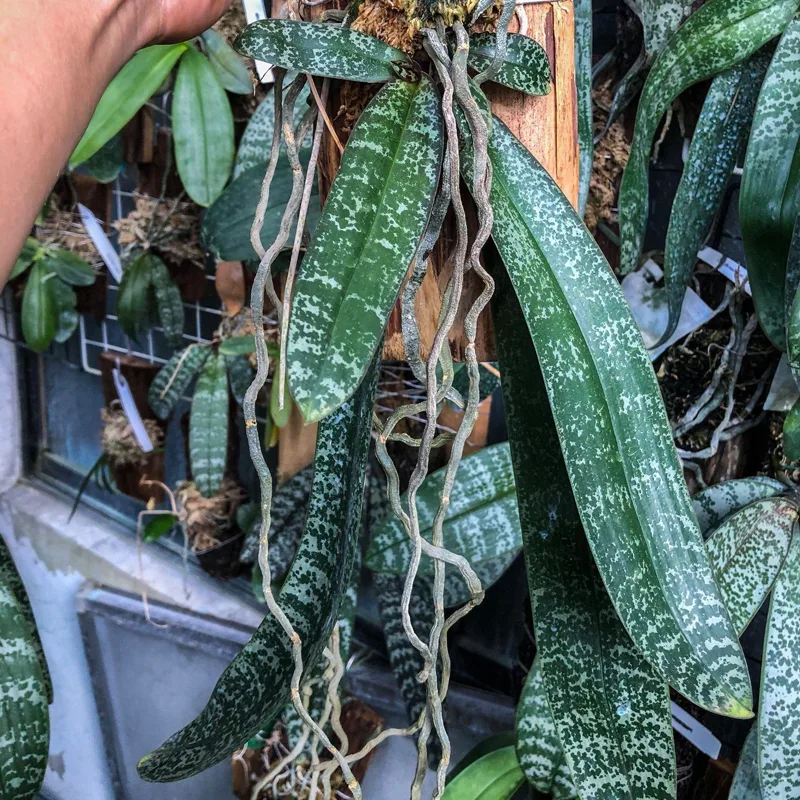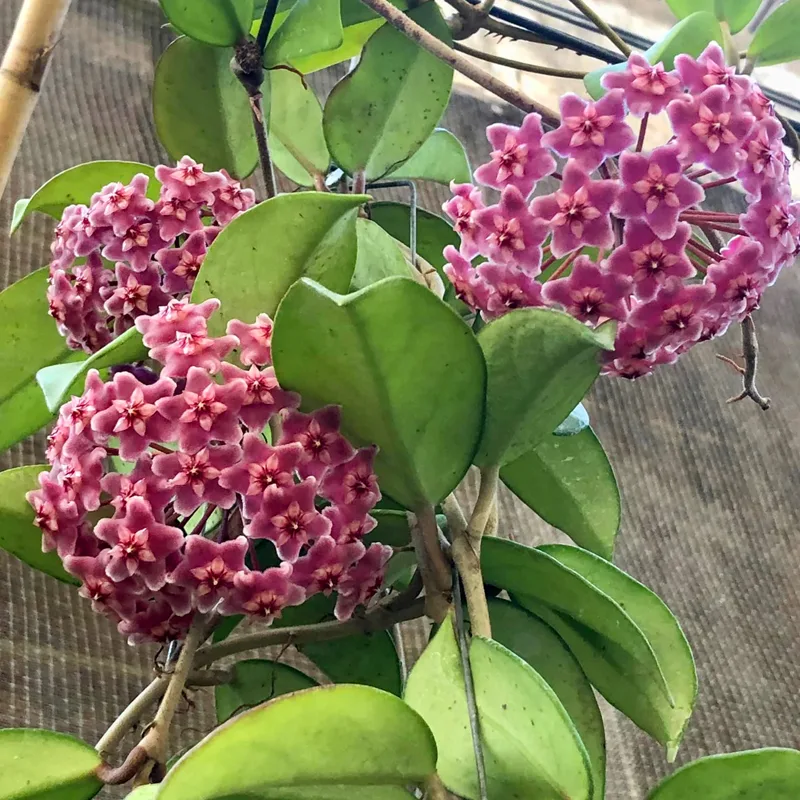
FAQs About Coffea Arabica
Coffea Arabica is a fascinating plant that often piques the interest of both coffee enthusiasts and gardeners. Having grown Coffea Arabica myself, I’ve encountered many questions about this coffee plant. Here, I’ll dive into some of the most frequently asked questions about Coffea Arabica.
132 Species in Genus Coffea – Coffee Plant
What is Coffea Arabica?
Coffea Arabica, commonly known as Arabica coffee, is one of the most popular coffee species grown worldwide. It’s native to the highlands of Ethiopia and is renowned for its smooth, complex flavor profile. Arabica coffee makes up about 60-70% of the world’s coffee production. It’s known for its lower caffeine content compared to other coffee species, like Robusta.
How to Grow Coffea Arabica?
Growing Coffea Arabica can be a rewarding experience if you provide the right conditions. Arabica coffee thrives in tropical climates with temperatures between 60-70°F (15-24°C). It prefers well-draining soil with a slightly acidic pH (around 6-6.5). Here are a few tips for growing Coffea Arabica:
- Location: Choose a spot with filtered sunlight or partial shade. Too much direct sunlight can harm the plant.
- Soil: Use a rich, organic potting mix. Adding compost can enhance soil fertility.
- Watering: Keep the soil consistently moist but not waterlogged. Water the plant when the top inch of soil feels dry.
- Fertilizing: Feed the plant with a balanced, slow-release fertilizer every 6-8 weeks during the growing season.
Does Coffea Arabica Have Caffeine?
Yes, Coffea Arabica does contain caffeine, but it has less than its counterpart, Robusta. Arabica beans typically have about 1-1.5% caffeine content, compared to 2-2.5% in Robusta beans. This lower caffeine content contributes to the smoother, less bitter taste of Arabica coffee.
How Often to Water Coffea Arabica?
Watering Coffea Arabica requires a bit of attention to keep it healthy. Generally, you should water the plant when the top inch of soil feels dry. During the growing season, this might be once a week, but in cooler months, it may need less frequent watering. Always ensure the pot has good drainage to prevent waterlogging.
Is Coffea Arabica Toxic to Cats?
Coffea Arabica is not considered toxic to cats. However, as with many plants, it’s best to discourage pets from chewing on or ingesting any part of the plant. While it isn’t harmful, consuming large quantities could potentially cause gastrointestinal upset.
Is Cactus Potting Soil Good for Coffea Arabica?
Cactus potting soil is not ideal for Coffea Arabica. Arabica coffee plants prefer a rich, loamy soil rather than the gritty, well-draining mix used for cacti. A standard potting mix with added compost or organic matter is a better choice for Coffea Arabica.
What Does Coffea Arabica Taste Like?
Coffea Arabica is known for its smooth, nuanced flavor. It often has a complex profile with notes of fruit, floral, and chocolate. The taste can vary depending on the region where it’s grown and how the beans are processed and roasted.
What Terpenes Are in Coffea Arabica?
Coffea Arabica contains a range of terpenes, which contribute to its aromatic profile. Common terpenes in Arabica coffee include:
- Limonene: Adds a citrusy aroma.
- Linalool: Provides a floral note.
- Caryophyllene: Offers a spicy or peppery scent.
These terpenes, combined with other compounds, create the distinctive aroma and flavor of Arabica coffee.
Where is Coffea Arabica From?
Coffea Arabica is originally from the highlands of Ethiopia. It has been cultivated for centuries and is now grown in many tropical regions around the world, including parts of South America, Central America, and Africa.
Coffea Arabica vs Robusta
When comparing Coffea Arabica to Robusta, several differences stand out:
- Flavor: Arabica coffee is known for its smooth, nuanced flavor, while Robusta tends to be stronger and more bitter.
- Caffeine Content: Arabica contains about 1-1.5% caffeine, while Robusta has about 2-2.5%.
- Plant Characteristics: Arabica plants are generally smaller and more delicate than Robusta plants, which are hardier and more disease-resistant.
- Growing Conditions: Arabica prefers higher altitudes and cooler climates, while Robusta can thrive at lower elevations and in warmer conditions.
How to Care for Coffea Arabica?
Proper care for Coffea Arabica includes regular watering, appropriate fertilizing, and managing light conditions. Keep an eye on pests and diseases, such as coffee leaf rust or spider mites, and address any issues promptly.
How to Propagate Coffea Arabica?
Propagating Coffea Arabica is typically done through seeds or cuttings. Seed propagation involves soaking the seeds and planting them in a moist, well-draining medium. Cuttings should be taken from healthy plants and rooted in a suitable potting mix.
Can You Grow Coffea Arabica Indoors?
Yes, you can grow Coffea Arabica indoors, provided you can offer it the right conditions. It requires bright, indirect light and consistent warmth. Indoor growth may limit its size and flowering, but you can still enjoy the plant’s attractive foliage.
Benefits of Growing Coffea Arabica
Growing Coffea Arabica can be a fulfilling hobby. Besides producing coffee beans, the plant can enhance your home’s decor with its glossy green leaves. It also offers the satisfaction of growing your own coffee and enjoying fresh, homegrown beans.
Common Problems with Coffea Arabica
Common issues with Coffea Arabica include:
- Leaf Drop: Often caused by irregular watering or sudden changes in temperature.
- Pests: Watch for aphids, spider mites, and coffee berry borer.
- Diseases: Keep an eye out for fungal infections like coffee leaf rust.
With the right care and attention, Coffea Arabica can be a beautiful and rewarding plant to grow. Whether you’re a coffee aficionado or just love unique houseplants, Arabica coffee offers a delightful addition to any collection.
If i die, water my plants!



